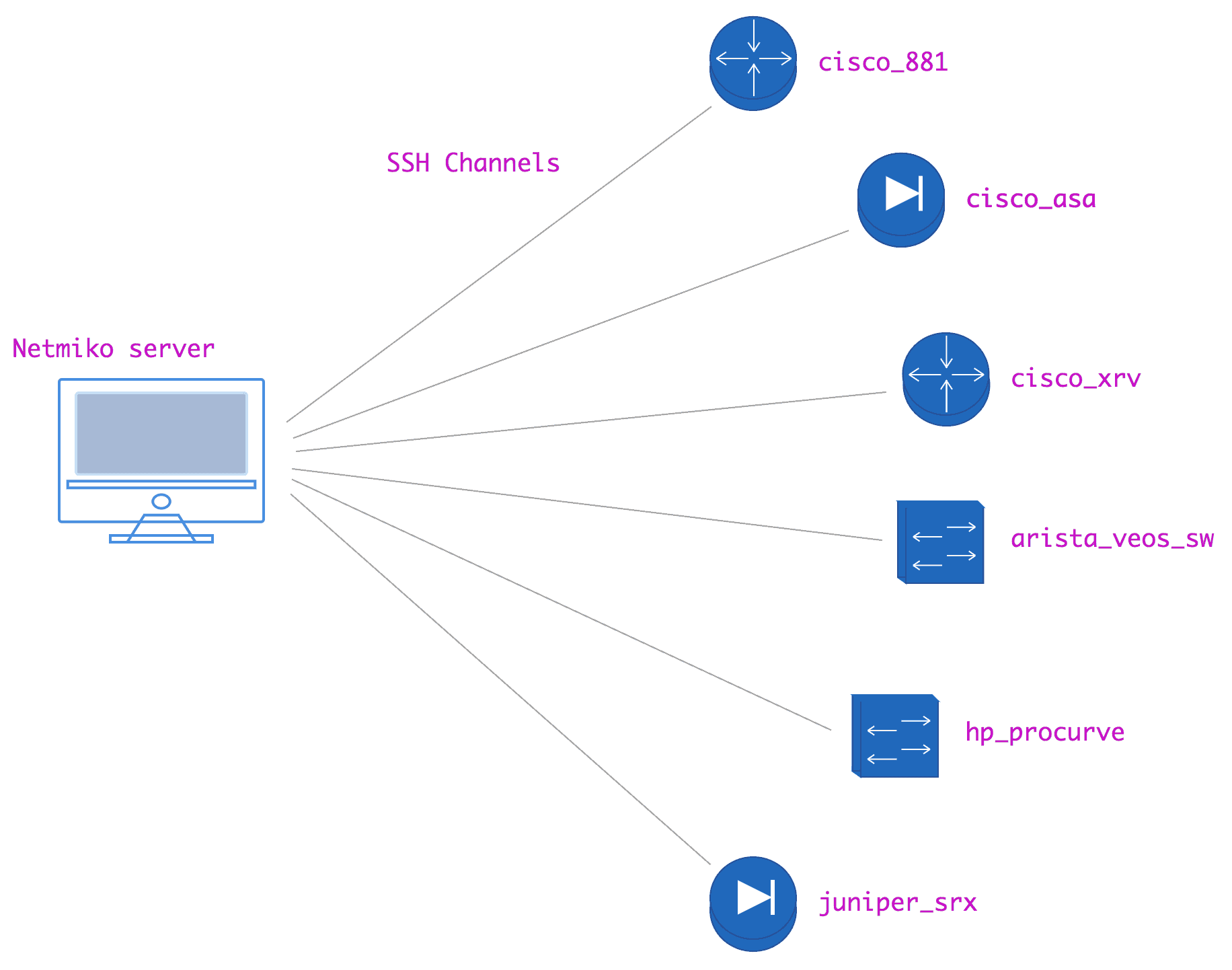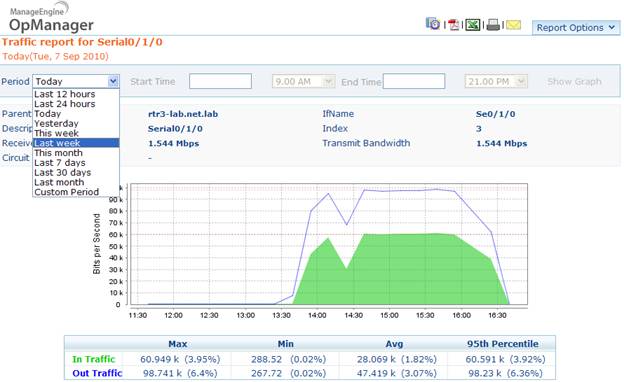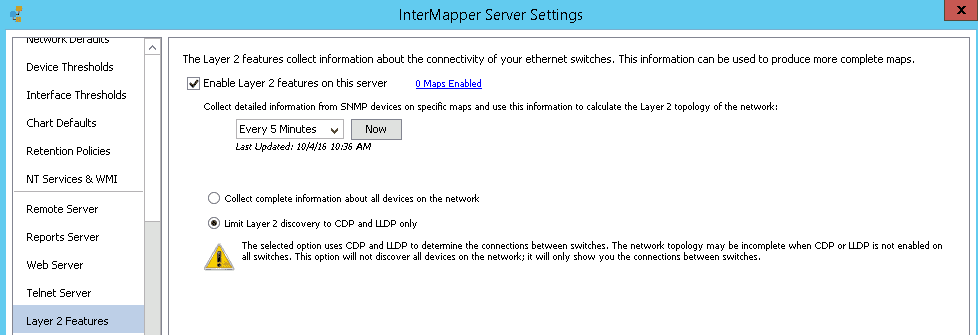

Press CTRL + O to save and CTRL + X to exit. Open a Terminal window by pressing the Windows Key and typing Terminal or by clicking on the Terminal icon on the left taskbar. We could fix this simply by creating a non-root user or, by disabling the Lua engine, which we don't need for the scope of this tutorial. This is because we run Wireshark as a Super User (Root). Wireshark comes pre-installed on Kali, although, when you start it, it will give you an error message regarding the Lua script. On Windows you simply run through the installer, leaving everything on default. If you use Wireshark on Windows, you can skip this step and continue with step 4. That's just a few things among many others you can do with Wireshark.

Let's quickly run through a couple of main features that Wireshark provides: Ok, let's talk about what you can do with Wireshark. If you don't know how to install Kali Linux on VirtualBox, we got you covered. You can also use your Windows computer to run Wireshark on. As our Wireshark computer, we will use Kali Linux on VirtualBox. We will start off with a simple network diagram, which we will extend a bit later on: In case you mess up, you can always revert back to a working snapshot. Also, I will try to keep it as short as possible, so I will not explain what DNS does for example, this is up to your own research.ĭISCLAIMER: Wireshark is a tool to analyse network traffic and can only be used in a testing environment that you have full control of, or with a signed contract that specifically allows you to sniff a network (Your workplace for example.) ceos3c will not take any responsibility if you abuse the skills you learn here for illegal activity.įor our lab environment we will keep it rather simple to not make things more complicated than necessary. I try to make this series as easy as possible. Analyse traffic like HTTP, FTP, DNS, SMTP.Wireshark is a powerful tool to analyse traffic going through your network. Without too much talk about the history of Wireshark, you have probably heard of it before or even used it before.

Linux Hands On: A Quick Primer (Part 1 - Episode 1)


 0 kommentar(er)
0 kommentar(er)
